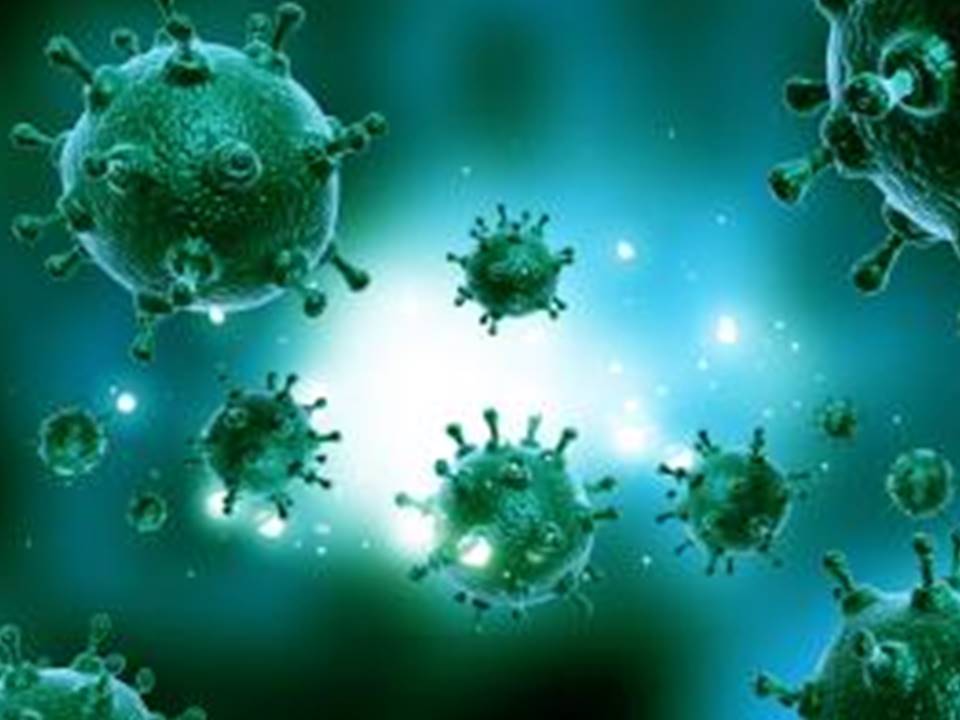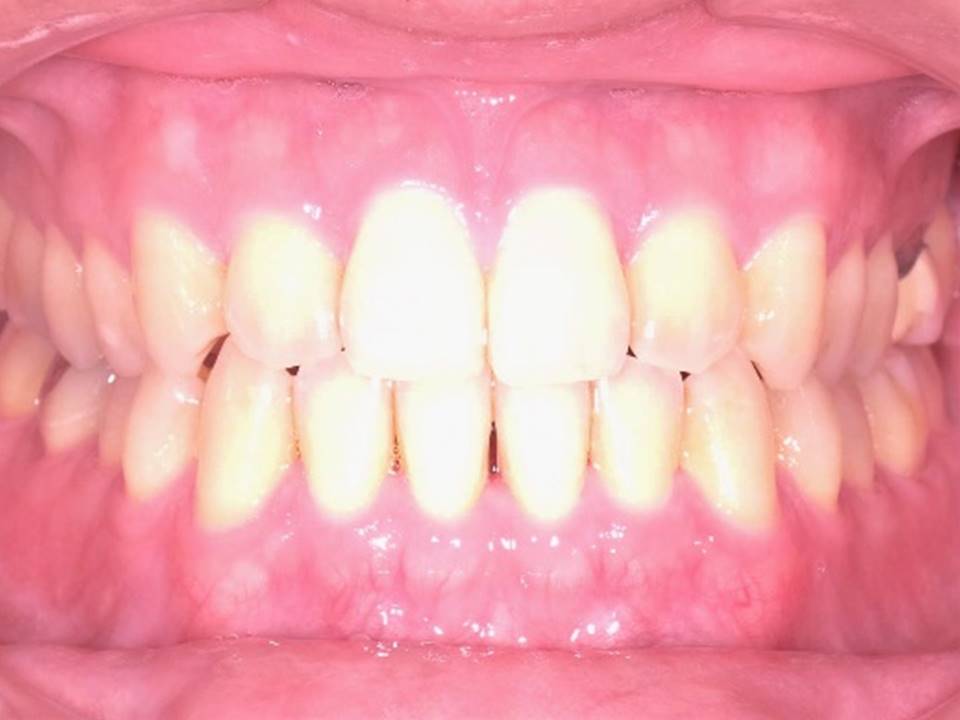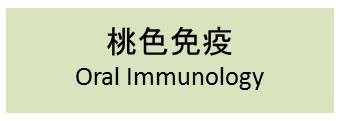Oral Immunology
桃色免疫
Yui Ezaki
担当:江﨑 由唯
Oral cavity plays numerous functions necessary for our bodies, such as the first defense against foreign antigens, digestion of foods, sense
of taste, production of sound, and help of respiration. The oral cavity
is covered by healthy mucosal barrier characterized by “Bright Pink” color.
Once the mucosal barrier is damaged e.g. by chemical, physical or bacterial
stimuli, the pink mucosa turns to dark red or white mucosa which is often
associated with the development of stomatitis, gingivitis, leukoplakia,
and cancer. In addition, inflammation in oral cavity can cause inflammation
in other organs; e.g. periodontal abscess is possible to trigger nephritis
and arthritis, and oral bacteria is detectable in the intestine of patients
with inflammatory bowel disease.
as the first defense against foreign antigens, digestion of foods, sense
of taste, production of sound, and help of respiration. The oral cavity
is covered by healthy mucosal barrier characterized by “Bright Pink” color.
Once the mucosal barrier is damaged e.g. by chemical, physical or bacterial
stimuli, the pink mucosa turns to dark red or white mucosa which is often
associated with the development of stomatitis, gingivitis, leukoplakia,
and cancer. In addition, inflammation in oral cavity can cause inflammation
in other organs; e.g. periodontal abscess is possible to trigger nephritis
and arthritis, and oral bacteria is detectable in the intestine of patients
with inflammatory bowel disease.
There are huge numbers and kinds of bacterial species in the oral cavity. Immunoglobulins particularly IgA as well as complements play crucial roles for maintaining the appropriate interaction of oral mucosa with bacteria. Chitin is N-acetylglucosamin representing a major component of cell wall in fungi, insects, and crustaceans. Although our bodies do not have chitin, enzymes (termed chitinase) capable of catalyzing chitin are somehow preserved in our bodies. Interestingly, recent accumulating data have suggested the active involvement of chitinase 3-like 1 in the host interaction with restricted bacterial species with potential or fully pathogenic activity. However, the role of chitinase 3-like 1 in oral immune system still remains unknown.
Since there are numerous issues to be addressed for understanding oral mucosal immune system in response to normal versus potentially pathogenic bacteria and in order to elucidate immune activation versus tolerance. We believe that fully understanding the oral immune system would provide significant contributions for maintaining “Bright Pink Healthy” oral mucosa to prevent the development of not only oral diseases but also systemic disorders.
口腔とは消化管の入り口であり、食物の摂食・咀嚼や、味覚の感知、 発音や呼吸を補助する役割を担っている。そして、口腔には歯以外にも、歯肉をはじめ歯槽歯肉、舌、頬、口蓋、口底、口唇があり、その粘膜は正常であれば桃色の粘膜で覆われている。ところが、機械的刺激や、食物や喫煙による化学的刺激、細菌感染などに曝露することにより粘膜に異常が生じると、桃色の粘膜は一変して、赤色や白色、黄色、黒色を呈し、口内炎、歯肉炎、白板症、扁平苔癬、口腔癌などの疾患をきたす。
発音や呼吸を補助する役割を担っている。そして、口腔には歯以外にも、歯肉をはじめ歯槽歯肉、舌、頬、口蓋、口底、口唇があり、その粘膜は正常であれば桃色の粘膜で覆われている。ところが、機械的刺激や、食物や喫煙による化学的刺激、細菌感染などに曝露することにより粘膜に異常が生じると、桃色の粘膜は一変して、赤色や白色、黄色、黒色を呈し、口内炎、歯肉炎、白板症、扁平苔癬、口腔癌などの疾患をきたす。
口腔内には、腸管内と同様に無数の細菌が存在しており、種類にして300~700種類、数にして約1000億の細菌が常在するといわれている。これらの口腔内の微生物への防御機構として唾液中に分泌されるIgAを主体に、IgG、IgMなどの免疫グロブリンが関与している。また、歯肉溝滲出液ではIgGを主体にIgA、IgM、さらにC3、C4、C5a、C3aなどの補体も含み防御作用の発揮をしている。
しかし、このような防御機構がある一方で、近年では、これらの細菌の感染により、前癌病変である白板症や扁平苔癬、そして扁平上皮癌が惹起することもわかっている。
Chitin(キチン)は、甲殻類、昆虫、寄生虫、ダニ等の細胞骨格を形成する主要成分の多糖体であるが、ヒトやマウスを含めた哺乳類には存在しない。しかし、哺乳類はキチン質をもたないにもかかわらず、これを分解する酵素であるChitinase(キチナーゼ)を合成し分泌することが出来る。そして、この哺乳類Chitinaseに属するChitinase
3-like 1 (CHI3L1)分子は、炎症の回復期に強く発現することもわかっている。腸管においては、CHI3L1の存在が、菌と腸管上皮細胞との結合性と、菌の侵入性を増強させる事から、口腔内においても、同様のことが示唆される。
口腔の感染応答や免疫寛容の機序については、未だ解明されていない点が多いが、腸管内と同じ様に特殊な免疫寛容のバランスが存在すると考える。これらを明らかにしていくことが、
口腔免疫システムの理解となり、口腔癌や、その他の粘膜病変、歯科疾患の解明と治療法開発だけでなく、口腔免疫と全身疾患の関連を解明することに繋がると考える。
口腔内の粘膜を光り輝く桃色に保ち、多くの人の健康保持に役立つため日々の研究に励んでいる。














